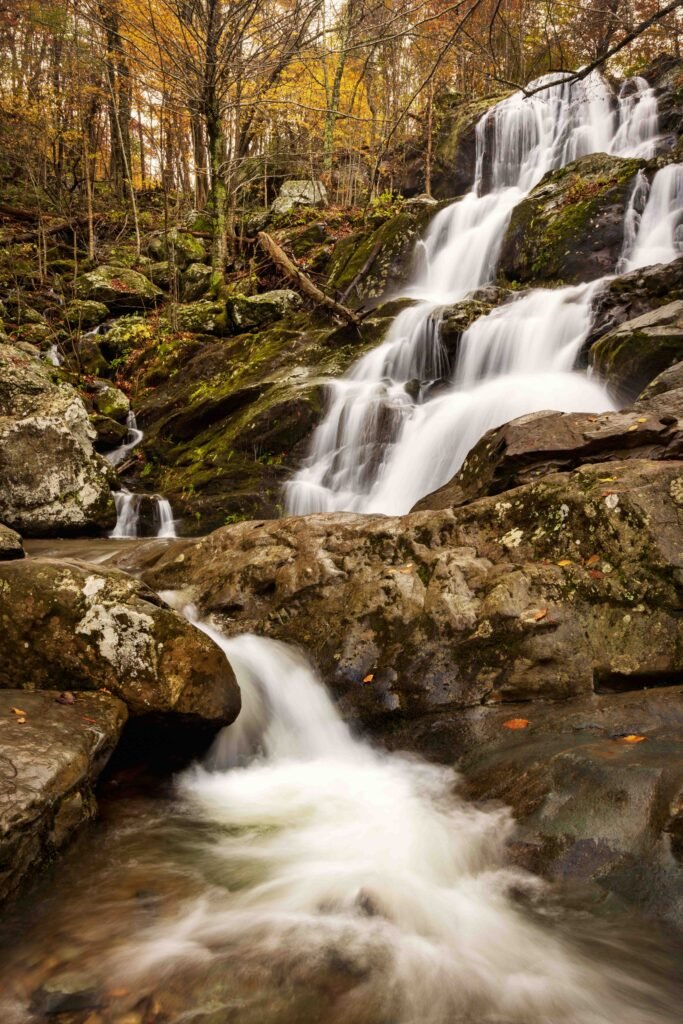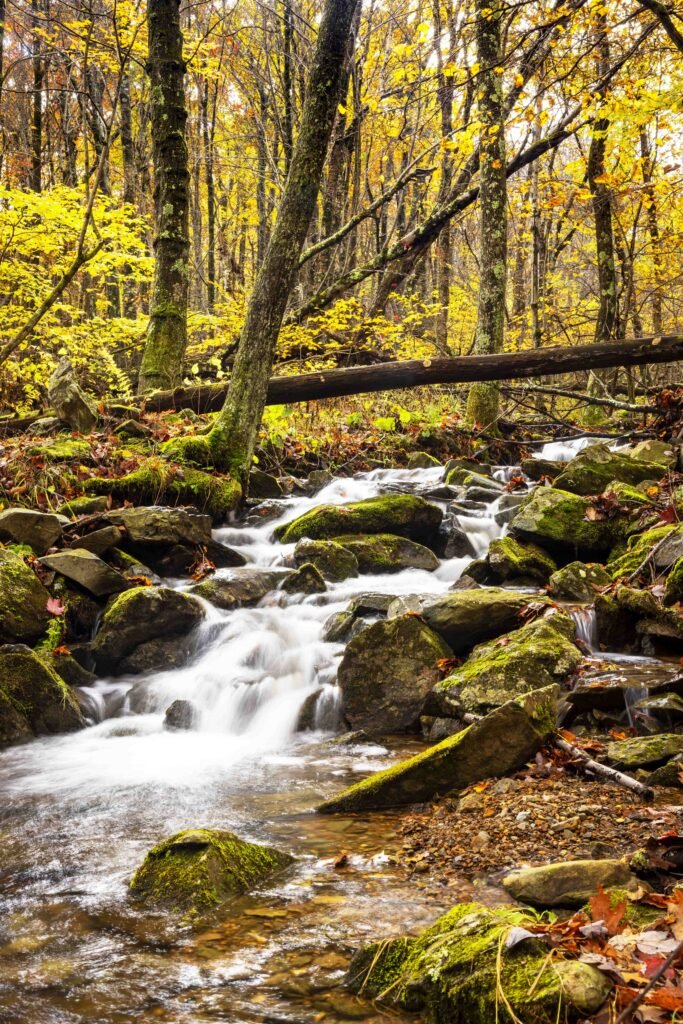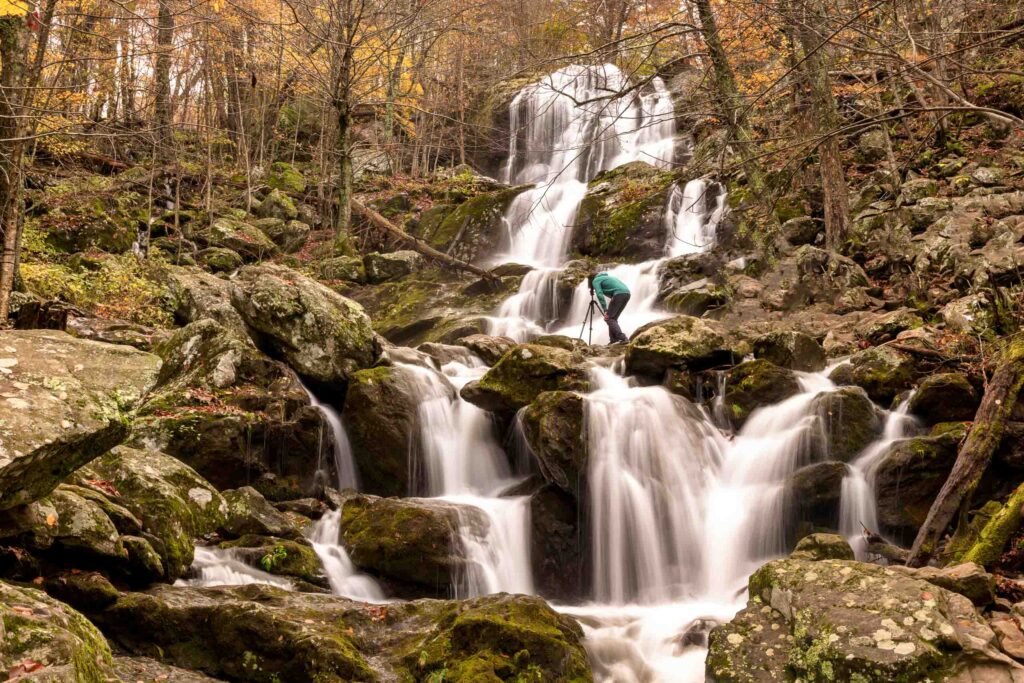How to Take Long Exposure Photos of Waterfalls And Water
How to Shoot Long Exposure Water Photos
Long Exposure Photography might have an impact on the viewers similar to magic, but trust me, it is not. Cascading water is exciting to watch and photograph. Raging rivers also make beautiful photographs. Surging white water rapids, briny mist, and cascading spray are all the elements you need for a great picture.
Here are 8 tips to consider when photographing water in motion:
1 - Use a shutter speed of 1/15 of a second or slower. A slow shutter speed renders moving water as a silky white blur. Using an ND filter can help slow down the shutter speed.
2 - Use a low ISO setting. A low ISO setting gives you a relatively small aperture, which ensures a large depth of field.

3 - Use a tripod. When you use a slow shutter speed, stabilize the camera to get a sharp picture. Having a solid travel tripod is a must.
4 - Use a neutral density filter in bright light. In bright light, you won’t be able to use a slow shutter speed and get a properly exposed image. A neutral density filter cuts down on the amount of light reaching the sensor, which means you can get a properly exposed image using a slow shutter speed.If you use neutral density filters on a regular basis, consider purchasing a variable neutral density filter. This is actually two filters in one. You rotate the outer ring to dial in the strength of the filter.
5 - Use a fast shutter speed when you want to freeze the motion of a raging river. You can also use a fast shutter speed when you want to show the details of a waterfall. You may have to increase the ISO setting when using a fast shutter speed to achieve a large depth of field, which requires a small aperture. Don’t increase the ISO too high or you’ll end up with a noisy image; use a tripod instead.


When you compose the image, position the horizon line in the lower third of the image. It’s also a good idea to place the waterfall to one side of the image.
6 - Rotate the camera 90 degrees when photographing a waterfall. This is known as portrait format. Rotate the camera 90 degrees any time you photograph a subject that is taller than it is wide. The only exception to this rule would be a waterfall like Niagara Falls that is actually wider than it is tall. I always have an L-bracket on my camera so I can quickly switch from landscape to portrait.

7 - Take a picture downstream from a waterfall. You’ll often find wonderful details when you venture a couple of hundred feet downriver from a waterfall, such as this image that was photographed a few hundred feet down a waterfall in Shenandoah National Park.
Camera Gear I use for These:
- Camera: Canon EOS R5
- Lens: Canon EF 24-105mm f/4L IS USM Zoom Lens
- Tripod: Peak Design CF Travel Tripod
- Polarizer Lens: B + W Circular Polarizer Kaesemann - Xtra Slim Mount
- L-Bracket : SUNWAYFOTO PCLO-R5 L Bracket
Wrapping Up
This will be added to my travel photography tutorial series. These long exposure photos make a huge impact on your travel photos or videos. Pair this with an Iphone Hyperlapse and you've got a banger of a travel video!
